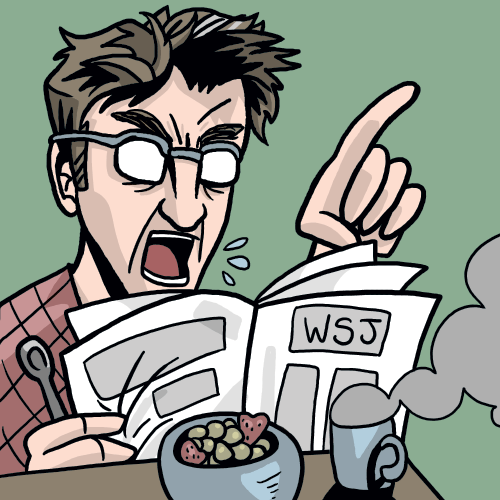The New-Keynesian Liquidity Trap
Journal of Monetary Economics. 92, 47-63. Online appendix available at the first link or here. matlab program. In standard solutions, new-Keynesian models produce a deep recession with deflation at the zero bound. Useless government spending, technical regress, and capital destruction have large positive multipliers. The recession, deflation and policy paradoxes are larger when prices are less sticky, and news has larger effects for events further in the future. These features are all artifacts of equilibrium selection. For the same interest-rate policy, equilibria that limit a downward jump of inflation on news of the trap, for the same interest rate policy, reverse all these predictions. They predict mild inflation, little output variation, and negative multipliers during the liquidity trap. Their predictions approach the frictionless model smoothly, and promises in the far-off future have less effect today. A big deflation requires that the government raise taxes or cut spending a lot to pay a windfall to bondholders. Such fiscal considerations suggest the equilibria with limited jumps and effects.
